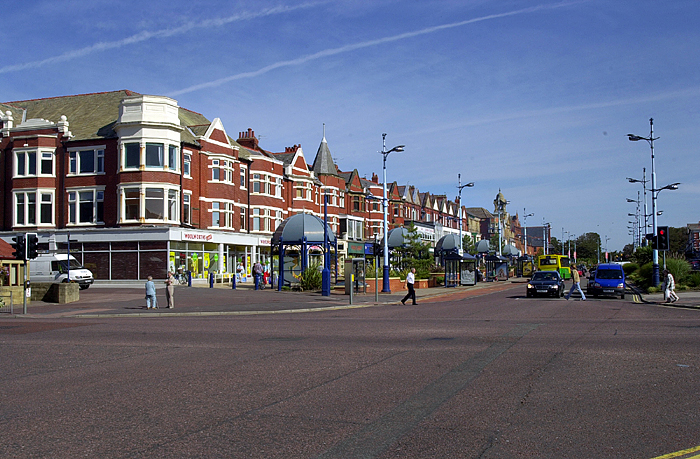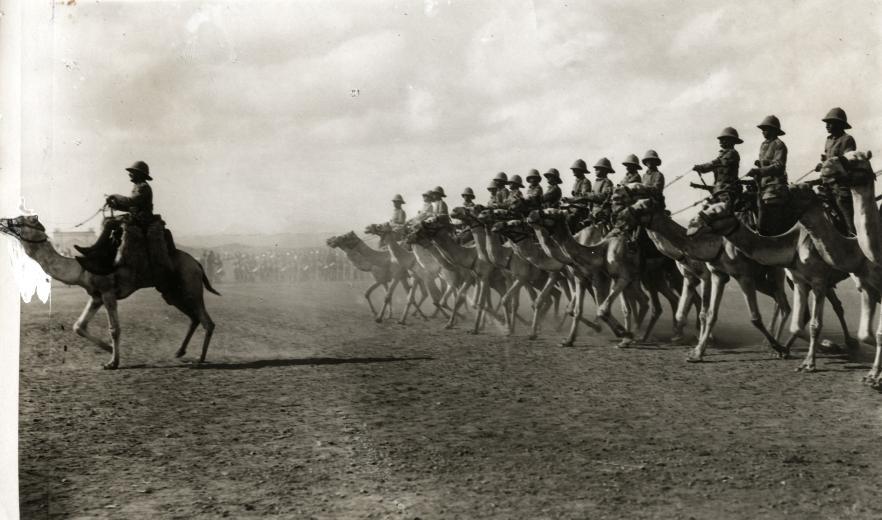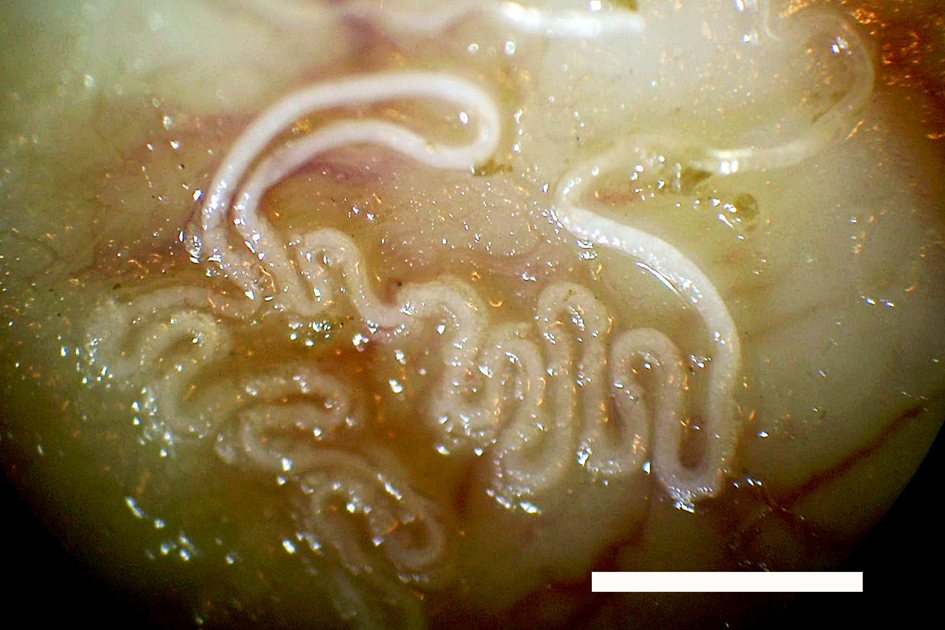|
Arnold Spencer Leese
Arnold Spencer Leese (16 November 1878 – 18 January 1956) was a British fascism, fascist politician. Leese was initially prominent as a veterinary physician, veterinary expert on camels. A virulent Antisemitism, anti-Semite, he led his own fascist movement, the Imperial Fascist League, and was a prolific author and publisher of polemics both before and after the Second World War. Early life and education Leese was born on 16 November 1878 in Lytham St Annes, Lancashire, England, the son of Spencer Leese, a manufacturer and artist. He was a nephew of Joseph Leese, Sir Joseph Francis Leese, 1st Baronet (1845–1914), and a second cousin of Oliver Leese, Sir Oliver Leese, 3rd Baronet (1894–1978). Leese was educated at Giggleswick School. An only child, his childhood was characterised by loneliness. The death of his father in 1894 left the family in financial difficulties, forcing Leese to leave boarding school. He nonetheless attended the Royal College of Veterinary Surgeons th ... [...More Info...] [...Related Items...] OR: [Wikipedia] [Google] [Baidu] |
Lytham St Annes
Lytham St Annes () is a seaside town in the Borough of Fylde in Lancashire, England. It is on the The Fylde, Fylde coast, directly south of Blackpool on the Ribble Estuary. The population at the United Kingdom Census 2011, 2011 census was 42,954. The town is almost contiguous with Blackpool but is separated from it by Blackpool Airport. The town is made up of the four areas of Lytham, Ansdell, Fairhaven and St Annes-on-Sea. Lytham St Annes has four golf courses and links (golf), links, the most notable being the Royal Lytham & St Annes Golf Club, which regularly hosts the The Open Championship, Open Championship. Lytham St Annes is a reasonably affluent area with residents' earnings among the highest in the North of England. Towns and districts Lytham St Annes consists of four main areas: Lytham, Saint Anne's-on-the-Sea, Ansdell and Fairhaven. Lytham The name Lytham comes from the Old English ''hlithum,'' plural of ''hlith'' meaning (place at) the slopes'.'' The Green, a st ... [...More Info...] [...Related Items...] OR: [Wikipedia] [Google] [Baidu] |
British India
The provinces of India, earlier presidencies of British India and still earlier, presidency towns, were the administrative divisions of British governance on the Indian subcontinent. Collectively, they have been called British India. In one form or another, they existed between 1612 and 1947, conventionally divided into three historical periods: *Between 1612 and 1757 the East India Company set up Factory (trading post), factories (trading posts) in several locations, mostly in coastal India, with the consent of the Mughal emperors, Maratha Empire or local rulers. Its rivals were the merchant trading companies of Portugal, Denmark, the Netherlands, and France. By the mid-18th century, three ''presidency towns'': Madras, Bombay and Calcutta, had grown in size. *During the period of Company rule in India (1757–1858), the company gradually acquired sovereignty over large parts of India, now called "presidencies". However, it also increasingly came under British government over ... [...More Info...] [...Related Items...] OR: [Wikipedia] [Google] [Baidu] |
Duce
( , ) is an Italian title, derived from the Latin word 'leader', and a cognate of ''duke''. National Fascist Party leader Benito Mussolini was identified by Fascists as ('The Leader') of the movement since the birth of the in 1919. In 1925 it became a reference to the dictatorial position of ('His Excellency Benito Mussolini, Head of Government, Leader of Fascism and Founder of the Empire'). Mussolini held this title together with that of President of the Council of Ministers: this was the constitutional position which entitled him to rule Italy on behalf of the King of Italy. ''Founder of the Empire'' was added for the exclusive use by Mussolini in recognition of his founding of an official legal entity of the Italian Empire on behalf of the King in 1936 following Italy's victory in the Second Italo-Ethiopian War. The position was held by Mussolini until 1943, when he was removed from office by the King and the position of "Duce" was dismantled, while Marshal Pietro Badog ... [...More Info...] [...Related Items...] OR: [Wikipedia] [Google] [Baidu] |
Benito Mussolini
Benito Amilcare Andrea Mussolini (; 29 July 188328 April 1945) was an Italian politician and journalist who founded and led the National Fascist Party. He was Prime Minister of Italy from the March on Rome in 1922 until his deposition in 1943, and "Duce" of Italian Fascism from the establishment of the Italian Fasces of Combat in 1919 until his execution in 1945 by Italian partisans. As dictator of Italy and principal founder of fascism, Mussolini inspired and supported the international spread of fascist movements during the inter-war period. Mussolini was originally a socialist politician and a journalist at the ''Avanti!'' newspaper. In 1912, he became a member of the National Directorate of the Italian Socialist Party (PSI), but he was expelled from the PSI for advocating military intervention in World War I, in opposition to the party's stance on neutrality. In 1914, Mussolini founded a new journal, ''Il Popolo d'Italia'', and served in the Royal Italian Army durin ... [...More Info...] [...Related Items...] OR: [Wikipedia] [Google] [Baidu] |
Stamford, Lincolnshire
Stamford is a town and civil parish in the South Kesteven District of Lincolnshire, England. The population at the 2011 census was 19,701 and estimated at 20,645 in 2019. The town has 17th- and 18th-century stone buildings, older timber-framed buildings and five medieval parish churches. It is a frequent film location. In 2013 it was rated a top place to live in a survey by ''The Sunday Times''. Its name has been passed on to Stamford, Connecticut, founded in 1641. History Roman and Medieval Stamford The Romans built Ermine Street across what is now Burghley Park and forded the River Welland to the west of Stamford, eventually reaching Lincoln. They also built a town to the north at Great Casterton on the River Gwash. In 61 CE Boudica followed the Roman legion Legio IX Hispana across the river. The Anglo-Saxons later chose Stamford as the main town, being on a larger river than the Gwash. The place-name Stamford is first attested in the Anglo-Saxon Chronicle, where it appears ... [...More Info...] [...Related Items...] OR: [Wikipedia] [Google] [Baidu] |
Army Remount Service
The Army Remount Service was the body responsible for the purchase and training of horses and mules as remounts for the British Army between 1887 and 1942. Origins Prior to 1887, the purchase of horses was the responsibility of individual regimental colonels, in the case of cavalry regiments, or of agents acting on behalf of the artillery and engineers. This system worked well enough in peacetime but rapidly broke down during war when demand exceeded supply, prices rose and, the price that could be paid per horse being set by the Government, regimental purchasing officers and agents were frequently left with the most inferior animals. Consequently, in 1887 the Remount Department was set up in order to ensure the uniformity and suitability of the animals purchased for the army, and their training. Owners were encouraged to register a proportion of their horses with the Department, the Department having the option of purchasing these animals for a fixed sum in time of emergency. I ... [...More Info...] [...Related Items...] OR: [Wikipedia] [Google] [Baidu] |
Western Front (World War I)
The Western Front was one of the main theatres of war during the First World War. Following the outbreak of war in August 1914, the German Army opened the Western Front by invading Luxembourg and Belgium, then gaining military control of important industrial regions in France. The German advance was halted with the Battle of the Marne. Following the Race to the Sea, both sides dug in along a meandering line of fortified trenches, stretching from the North Sea to the Swiss frontier with France, which changed little except during early 1917 and in 1918. Between 1915 and 1917 there were several offensives along this front. The attacks employed massive artillery bombardments and massed infantry advances. Entrenchments, machine gun emplacements, barbed wire and artillery repeatedly inflicted severe casualties during attacks and counter-attacks and no significant advances were made. Among the most costly of these offensives were the Battle of Verdun, in 1916, with a combined 700,000 ... [...More Info...] [...Related Items...] OR: [Wikipedia] [Google] [Baidu] |
Somaliland Camel Corps
The Somaliland Camel Corps (SCC) was a Rayid unit of the British Army based in British Somaliland. It lasted from the early 20th century until 1944. Beginnings and the Dervish rebellion In 1888, after signing successive treaties with the then ruling Somali Sultans, the British established a protectorate in northern present-day Somaliland referred to as British Somaliland. The British immediately recognized the affinity between the Somali people and their camel charges. The "Somali Camel Constabulary" was an early attempt to harness this natural affinity militarily. In 1895, the haroun established the Dervish courts and Warfare commenced with colonial powers from 1900 until 1920. Somaliland Campaign On 9 August 1913, the "Somaliland Camel Constabulary" suffered a serious defeat at the Battle of Dul Madoba at the hands of the Ibraahin Xoorane and Axmed Aarey. Hassan, the emir of Diiriye Guure roamed British Somaliland, having already evaded several attempts at capture. At ... [...More Info...] [...Related Items...] OR: [Wikipedia] [Google] [Baidu] |
Royal Army Veterinary Corps
The Royal Army Veterinary Corps (RAVC), known as the Army Veterinary Corps (AVC) until it gained the royal prefix on 27 November 1918, is an administrative and operational branch of the British Army responsible for the provision, training and care of animals. It is a small corps, forming part of the Army Medical Services. History The Army Veterinary Service was founded in 1796 after public outrage concerning the death of Army horses. Prior to this date, the management and care of army horses had been left to each individual regiment's Quartermaster, who (using government-contracted farriers) inspected animals on the march and saw to Shoeing (horses), shoeing, stable, stabling and other routine matters. Individual cavalry officers were expected to acquire a knowledge of 'the diseases which horses are subject to, and the medicines proper to be applied'. In 1795 a veterinary surgeon, William Stockley, was appointed on a trial basis for six months to the 1st Fencible Cavalry Regime ... [...More Info...] [...Related Items...] OR: [Wikipedia] [Google] [Baidu] |
Dromedary
The dromedary (''Camelus dromedarius'' or ;), also known as the dromedary camel, Arabian camel, or one-humped camel, is a large even-toed ungulate, of the genus ''Camelus'', with one hump on its back. It is the tallest of the three species of camel; adult males stand at the shoulder, while females are tall. Males typically weigh between , and females weigh between . The species' distinctive features include its long, curved neck, narrow chest, a single hump (compared with two on the Bactrian camel and wild Bactrian camel), and long hairs on the throat, shoulders and hump. The coat is generally a shade of brown. The hump, tall or more, is made of fat bound together by fibrous tissue. Dromedaries are mainly active during daylight hours. They form herds of about 20 individuals, which are led by a dominant male. They feed on foliage and desert vegetation; several adaptations, such as the ability to tolerate losing more than 30% of its total water content, allow it to thrive ... [...More Info...] [...Related Items...] OR: [Wikipedia] [Google] [Baidu] |
Louis-Joseph Alcide Railliet
Louis-Joseph Alcide Railliet (also known as Alcide Railliet, born 11 March 1852 at La Neuville-lès-Wasigny in the Ardennes – died 25 December 1930) was a French veterinarian and helminthologist. Professor at the Veterinary School of Alfort, he is considered one of the founders of modern parasitology and wrote several books of veterinary parasitology. He chaired the Société zoologique de France in 1891. He was a member of the French Académie Nationale de Médecine, from 29 December 1896 to his death. He received the Legion of Honor. Tributes Railliet's name is honoured by several genera: '' Raillietia'' (Acari), '' Raillietina'' ( Cestodes), '' Raillietascaris'', '' Raillietnema'' and '' Raillietstrongylus'' (Nematodes), '' Raillietiella'' (Pentastomida), and the Acari family Raillietiidae. Numerous species were named after Railliet, such as ''Amidostomum raillieti, Angiocaulus raillieti, Aspidodera raillieti, Conoweberia raillieti, Eucoleus raillieti, Haemostrongylus ... [...More Info...] [...Related Items...] OR: [Wikipedia] [Google] [Baidu] |


.jpg)



